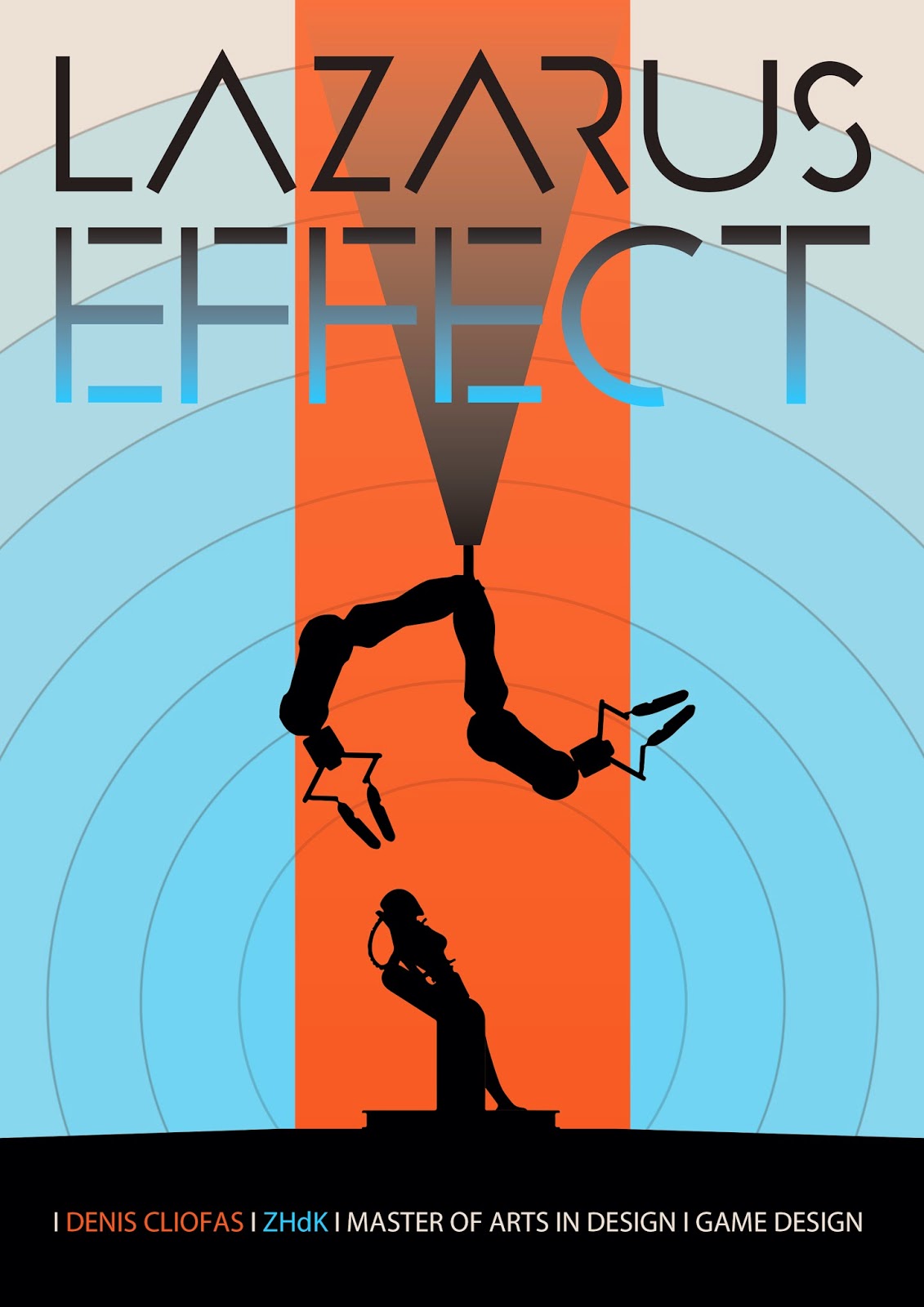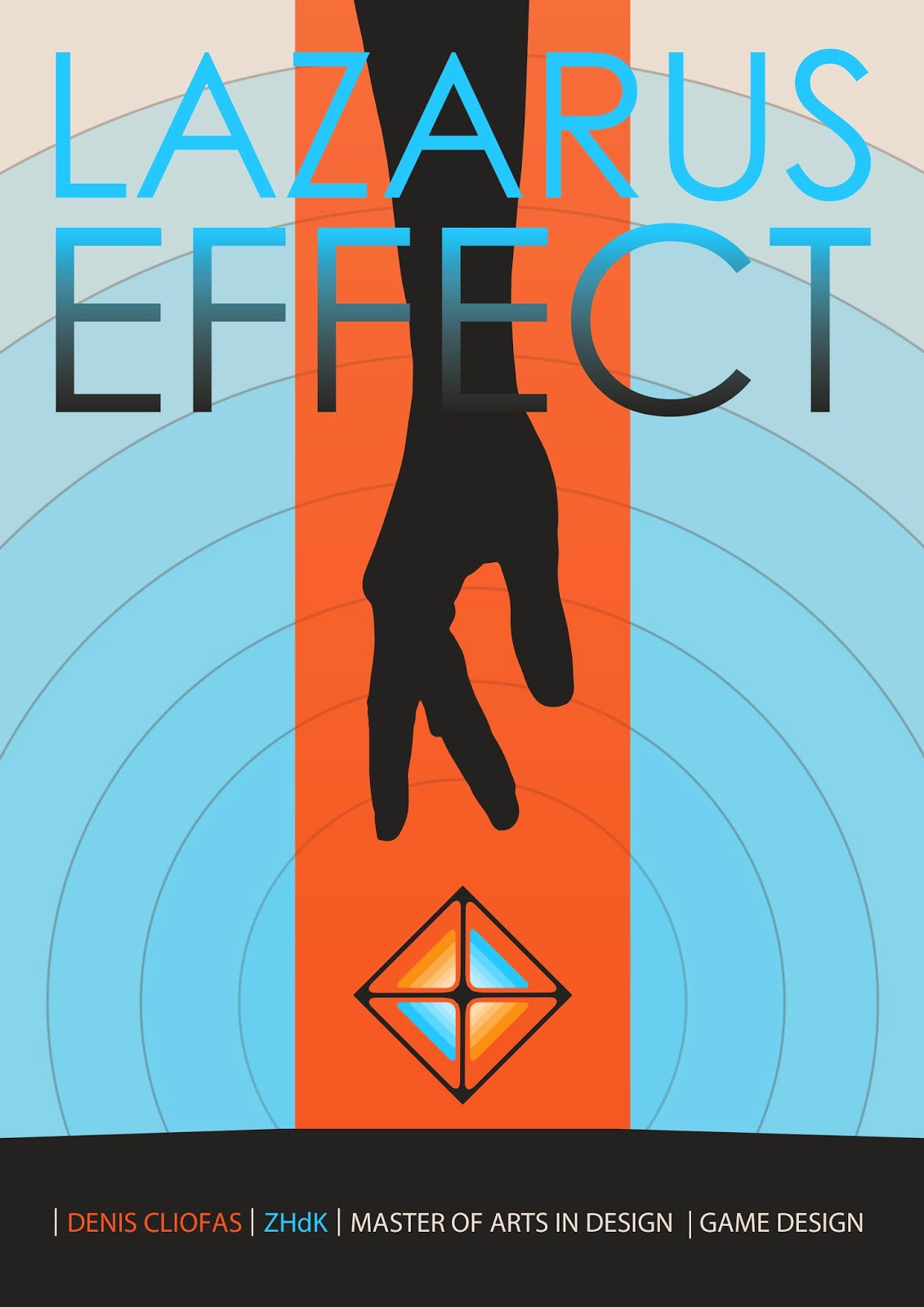It was expected. A gaming startup – dubbed the VOID – has announced plans to open a virtual entertainment centre in Salt Lake City in early 2016.
Visitors to VOID will be required to wear a virtual reality headset, similar to the Oculus Rift, and a vest filled with haptic feedback sensors.
With the headset switched on, players enter the 3D game environment and reportedly experience "changes in elevation, vibrations, heat and cold sensations, moisture, and simulated liquids and smells."
Entire rooms within the VOID complex will be built to fit the virtual game scenarios – and will include moving flight simulators, interactive panels, props and weather simulators.
Cofounder and CEO of VOID Ken Bretschneider said: "We are fulfilling a promise of what a virtual reality experience can and should be.
"Until now, we have only seen experiences like the VOID portrayed in science-fiction films and novels."
VOID has released a concept video which features footage of some of the virtual scenarios on offer at the upcoming theme park.
Source
Visitors to VOID will be required to wear a virtual reality headset, similar to the Oculus Rift, and a vest filled with haptic feedback sensors.
With the headset switched on, players enter the 3D game environment and reportedly experience "changes in elevation, vibrations, heat and cold sensations, moisture, and simulated liquids and smells."
Entire rooms within the VOID complex will be built to fit the virtual game scenarios – and will include moving flight simulators, interactive panels, props and weather simulators.
Cofounder and CEO of VOID Ken Bretschneider said: "We are fulfilling a promise of what a virtual reality experience can and should be.
"Until now, we have only seen experiences like the VOID portrayed in science-fiction films and novels."
VOID has released a concept video which features footage of some of the virtual scenarios on offer at the upcoming theme park.
Source






























